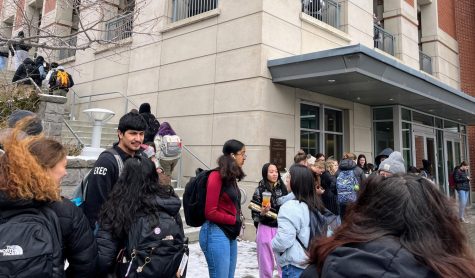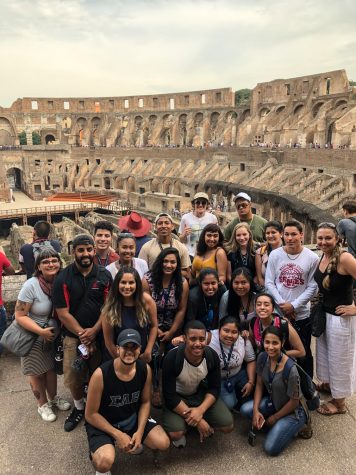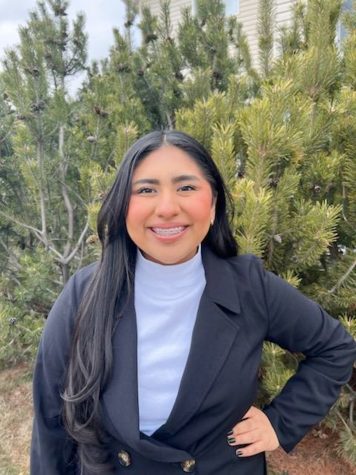Cougs Rise staff members continue to help high school students during pandemic
Students attend online courses for about seven hours three days a week; program helps them build skills for future
EUGENE LEE | DAILY EVERGREEN FILE
Ray Acuna-Luna, project director of Cougs Rise, said Cougs Rise has two different programs to help high school students transition to higher education: Coug Tracks and the Bridge Program.
July 17, 2020
The Cougs Rise summer programs moved online due to COVID-19, but staff members are trying to create a student experience closest to the one they would have had in person.
Ray Acuna-Luna, project director of Cougs Rise, an initiative that helps low-income and first-generation students transition into college, said there are two different courses that target students in their high school journey: Coug Tracks and the Bridge Program.
Coug Tracks is for students that still have at least one more year before they graduate from high school, he said. The Bridge Program is for students that already graduated from high school.
The five high schools that participate in the program are Bremerton High School, Hudson’s Bay High School, Rogers High School, University High School and Wenatchee High School, he said.
Acuna-Luna said that Coug Tracks goes from July 6 to 18 while the Bridge Program goes from July 15 to Aug. 1.
In June, the Cougs Rise staff moved the summer programs online because of the pandemic. Acuna-Luna said the staff is trying to create the closest experience to an in-person program through Zoom.
Students in the Coug Tracks summer program are taking different classes including language arts, business, robotics and chemistry, Acuna-Luna said. Students are also reading “Born a Crime” by Trevor Noah.
The courses last from 9:45 a.m. to 4:30 p.m. Monday, Wednesday and Friday, he said. The Bridge Program has similar classes, but the content is more advanced.
Acuna-Luna said students were mailed kits, like chemistry kits, so they can participate in similar experiences that would occur in a classroom.
Students who do not have internet were mailed portable hotspots, he said, and students who do not have computers were mailed Chromebooks.
About 40 students will attend the Bridge Program and the Cougs Rise program, Acuna-Luna said.
Araseli Solorio, project coordinator of Cougs Rise, said about 25 students are attending the Coug Tracks program.
Solorio said students have a misconception that they have to go to WSU in order to join the Cougs Rise program, but this is not the case.
Students in the program learn to build skills and are given information about higher education, she said.
Before the pandemic, the staff was already using Zoom to communicate with the students, Solorio said.
There is also a tutoring program available over Zoom for students struggling in subjects like math and science, she said. Doing the program online is more difficult because staff members are not there in person to remind students of events or to wake them up.
Having the program in person is more involved because the students can build a rapport with other students, Solorio said. Being on campus helps them get a feel of what university life is like, too, she said.
Acuna-Luna said he hopes the Cougs Rise summer program is not online in the future because the program thrives on in-person delivery.


















